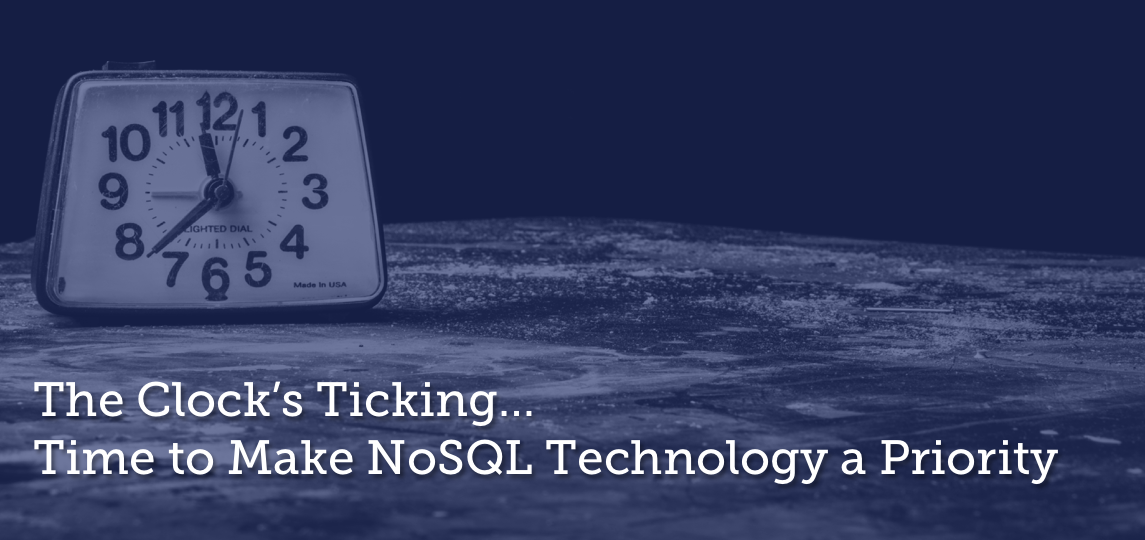As the amount of data enterprises are tasked with managing increases, the benefits of NoSQL technology are becoming more apparent.
Historically, businesses have invested in developing and maintaining SQL, or relational databases. However, the limitations of SQL databases have come to light as more businesses become data-driven. And it’s easy to see why.
The three Vs of data – variety, volume and velocity – are intrinsically linked with a positive correlation. An increase in the variety of data sources amplifies the volume of data available. And for that data to be of value, the speed at which it is processed (velocity) should increase too. This has been the Achilles’ heel of the SQL database.
Big Data especially has been a tipping point because the sheer magnitude of data can’t be efficiently analyzed in sequence. Too many sources, too much data, and too many steps for thorough analysis create bottlenecks.
Simply put, the rate at which we create, store and process data is staggering. Last year, analysts predicted that more data would be created in 2017 than in the previous 5,000 years of history.
And because of digital businesses permeating nearly all markets, organizations have had to adopt databases that can be analyzed and managed more holistically, and with greater agility.
If your business has yet to enjoy the benefits of NoSQL technology, now is the time to make it a priority – before the competition outpaces you.
So is the SQL database obsolete?
Not yet, and in all likelihood, SQL databases are here to stay for the foreseeable future. But this fact doesn’t undermine or hinder NoSQL’s future as many might assume. This is because NoSQL isn’t an alternative to SQL, but rather an extension of it or a hybrid. Often misleading (and for obvious reason), NoSQL is actually a contraction of “not only SQL.”
So of course, structured data and relational databases continue to have a role in the data-driven enterprise. A company can correlate structured data about the poor sales of a product that it’s made available in a new color with unstructured social media commentary to discover why the shade isn’t finding favor with buyers, for example.
SQL vs. NoSQL
While the SQL and NoSQL worlds can complement each other in today’s Big Data ecosystem, most enterprises need to focus on building expertise and processes for the latter format.
After all, they’ve already had decades of practice designing and managing SQL databases that emphasize storage efficiency and referential integrity rather than fast data access, which is critical to building cloud applications that deliver real-time value to staff, customers and other parties.
Query-optimized modeling is the new watchword when it comes to supporting today’s fast delivery, iterative and real-time applications.
Data modeling takes on a completely new dimension in NoSQL platforms, such as MongoDB whose more flexible nature offers benefits for speed, agile development, horizontal scalability, simpler designs and higher availability – all with more control and at lower cost.
At the same time, NoSQL technology has emphasized the role of developers over data modelers, and it’s time to bring more balance to the equation.
For a deeper dive into how your organization can enjoy the benefits of NoSQL Databases, get the FREE eBook below.

